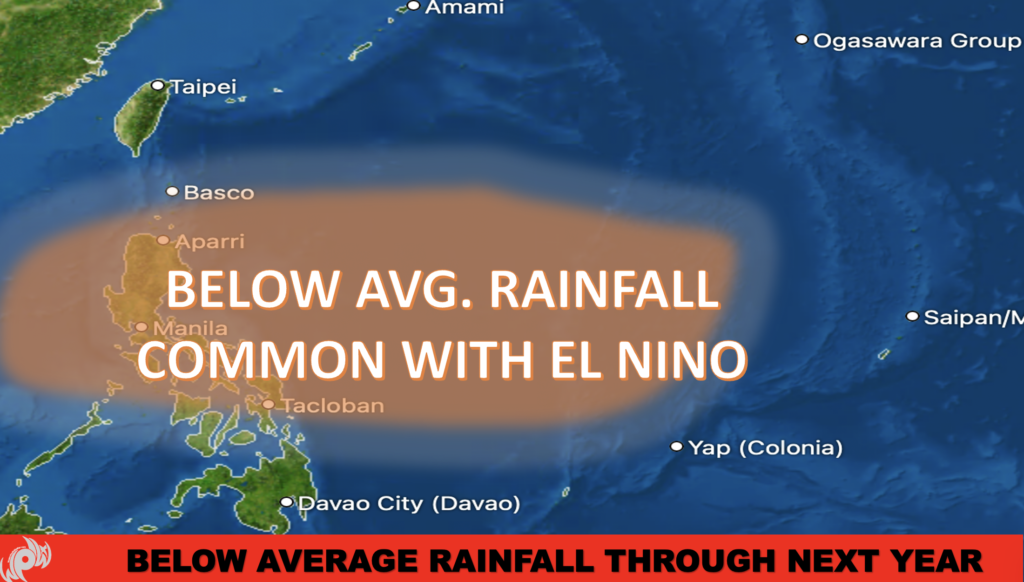Introduction: As we approach the potential threat of a Low-Pressure Area (LPA) this week, it’s intriguing to note that no storms have formed in the Philippine Area since October. However, a more extended look into the future reveals a concerning pattern, especially with the persistent presence of El Niño, which is likely to contribute to below-average rainfall. Let’s delve into what El Niño is and the potential implications it holds for the Philippines.
Understanding El Niño: El Niño is a climate phenomenon characterized by the abnormal warming of sea surface temperatures in the central and eastern equatorial Pacific. This natural occurrence has global consequences on weather patterns, and its impact on the Philippines is particularly significant.
The Influence of El Niño on the Philippines: As we navigate through an ongoing El Niño episode, the Philippines is expected to experience below-average rainfall. El Niño typically weakens the southwest monsoon, leading to drier-than-normal conditions. This diminished rainfall can have wide-ranging effects on various sectors, including agriculture, water resources, and the overall ecological balance.

Implications for Agriculture and Water Resources: The reduced rainfall associated with El Niño often results in drought conditions, posing challenges to crop yields and water availability. Farmers may face difficulties in sustaining their crops, leading to potential impacts on food production. Additionally, water resources may be strained, necessitating careful management to ensure a stable supply for both agricultural and domestic use.
Wildfire Risks: The heightened dryness during El Niño increases the risk of wildfires. With vegetation becoming more susceptible to ignition, communities need to be vigilant and implement preventive measures to mitigate the potential impact of these fires on both the environment and human settlements.
Meteorological Vigilance: As meteorologists, our responsibility is to provide timely and accurate information to empower individuals and communities to make informed decisions. The current weather conditions and the anticipated impacts of El Niño underscore the importance of staying informed and prepared.
Conclusion: In conclusion, while the immediate concern may be the upcoming Low-Pressure Area, it’s crucial to recognize the broader implications of the ongoing El Niño on the Philippines. Heightened awareness, preparedness, and proactive measures are key to mitigating the potential impacts on agriculture, water resources, and the risk of wildfires. As we navigate these weather patterns, staying informed remains our strongest ally in adapting to and managing the challenges that lie ahead.